What is Class A Airspace?
If you’re starting your journey as a pilot, you’ve probably heard the term “Class A airspace.” But what exactly is it, and why does it matter? At Angel Aviation, we make complex aviation topics simple, so buckle up as we break it down.
Defining Class A Airspace
Class A airspace is the controlled airspace that extends from 18,000 feet mean sea level (MSL) up to and including Flight Level 600 (FL600, or 60,000 feet). This airspace covers the entire continental United States and parts of Alaska and extends offshore over the surrounding waters.
Who Uses Class A Airspace?
Unlike the airspace near local airports, Class A is primarily used by high-altitude commercial airlines, corporate jets, and military aircraft. You won’t find small general aviation aircraft here unless they have the right equipment and clearance.
Key Requirements for Flying in Class A Airspace
To enter Class A airspace, pilots must follow strict regulations, including:
- Instrument Flight Rules (IFR) Only: Visual Flight Rules (VFR) are not permitted. All aircraft must operate under an IFR flight plan.
- Air Traffic Control (ATC) Clearance: Pilots must receive clearance from ATC before entering.
- Certified Equipment: Aircraft must have specific avionics, including a Mode C transponder and two-way radio communication.
- Proper Altitude Adjustments: Pilots must adhere to assigned altitudes and follow ATC instructions.
Why Does Class A Airspace Exist?
Class A airspace provides a controlled, standardized environment where aircraft operate at optimal altitudes for fuel efficiency and safety. With thousands of flights crossing the skies daily, structured air traffic control reduces the risk of midair collisions and ensures smooth flow.
Can Student Pilots Fly in Class A Airspace?
Not yet! Since Class A airspace requires IFR flight plans and certification, student pilots won’t be navigating these high altitudes anytime soon. However, as you advance in your training and earn an instrument rating, you’ll gain the knowledge and skills to fly in more complex airspace.
Final Thoughts
Understanding Class A airspace is essential for any aspiring pilot, even if you’re just starting your training. At Angel Aviation, we prepare you for every step of your aviation journey, from your first takeoff to mastering controlled airspace.
If you’re ready to take the next step toward becoming a pilot, contact us today to schedule a discovery flight! Keep aiming high, and we’ll see you in the skies!
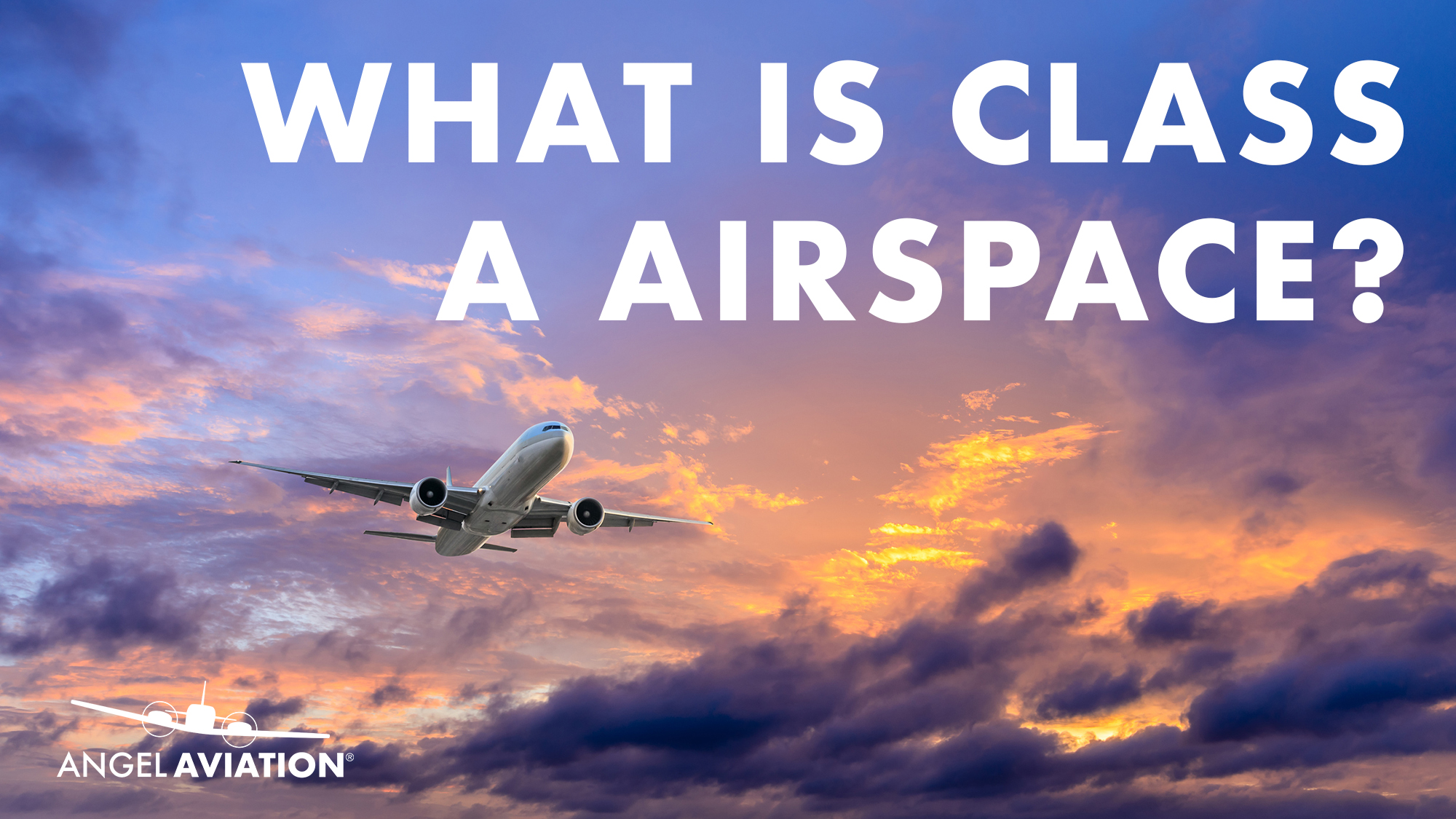
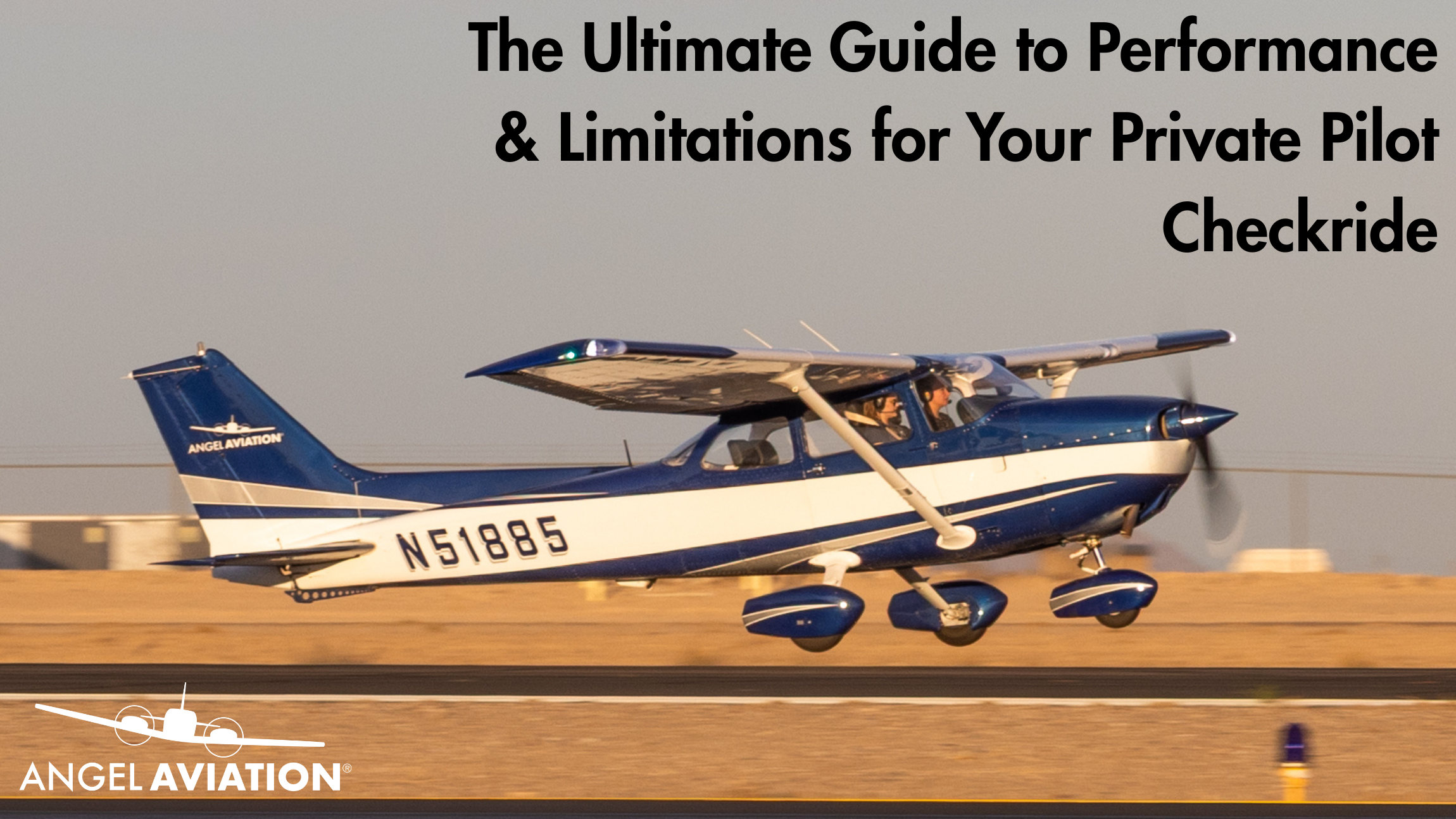
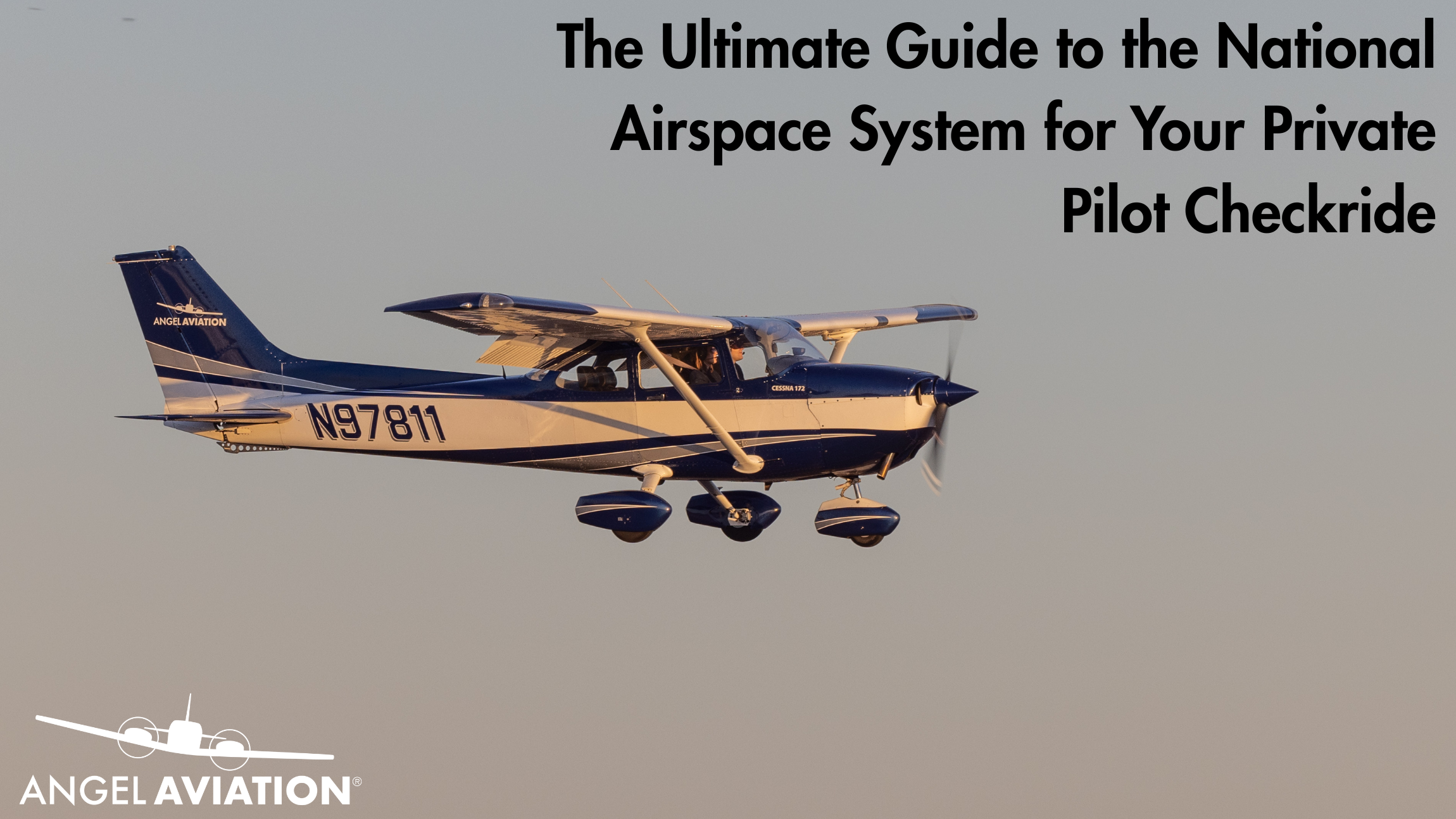
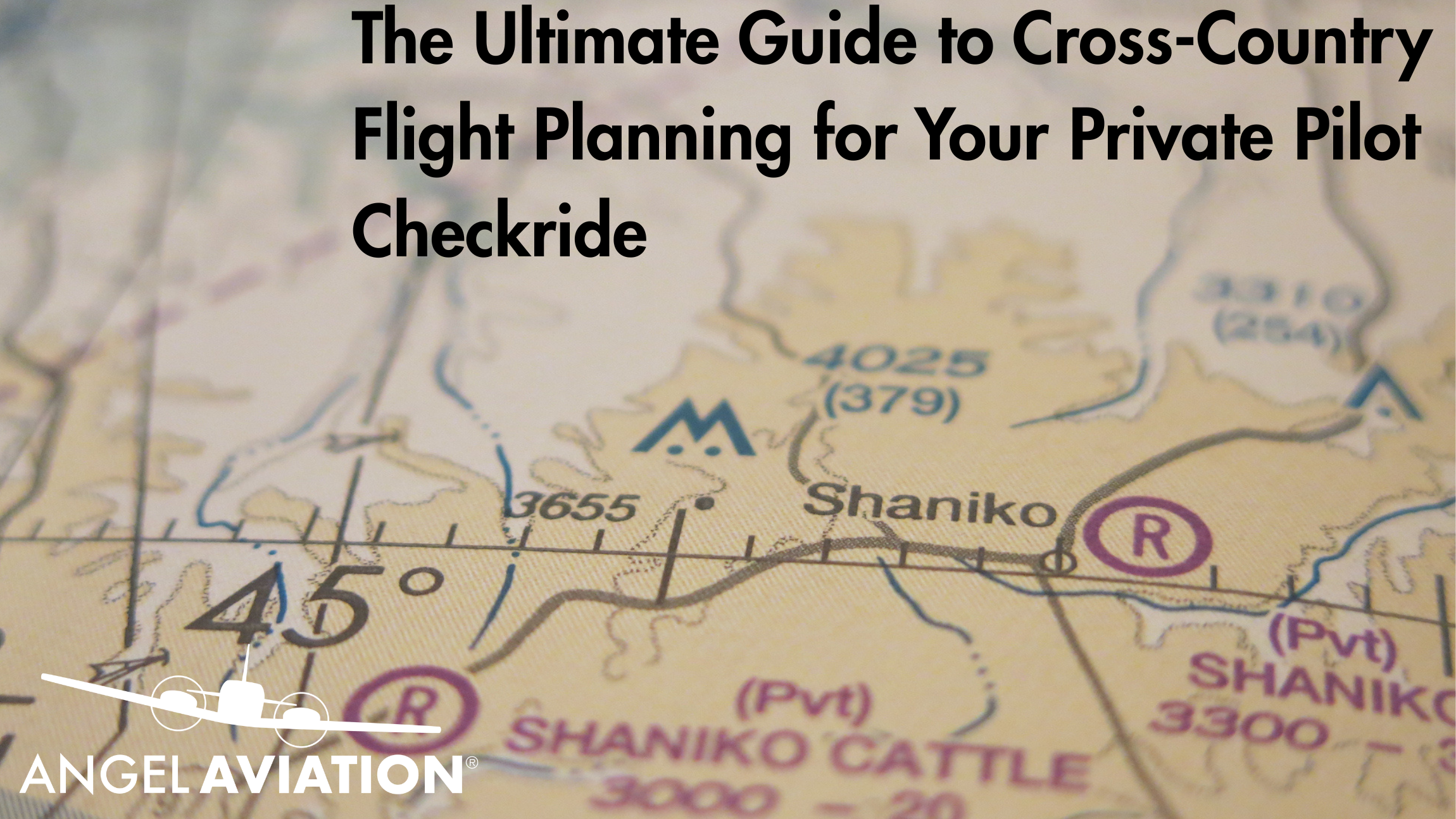

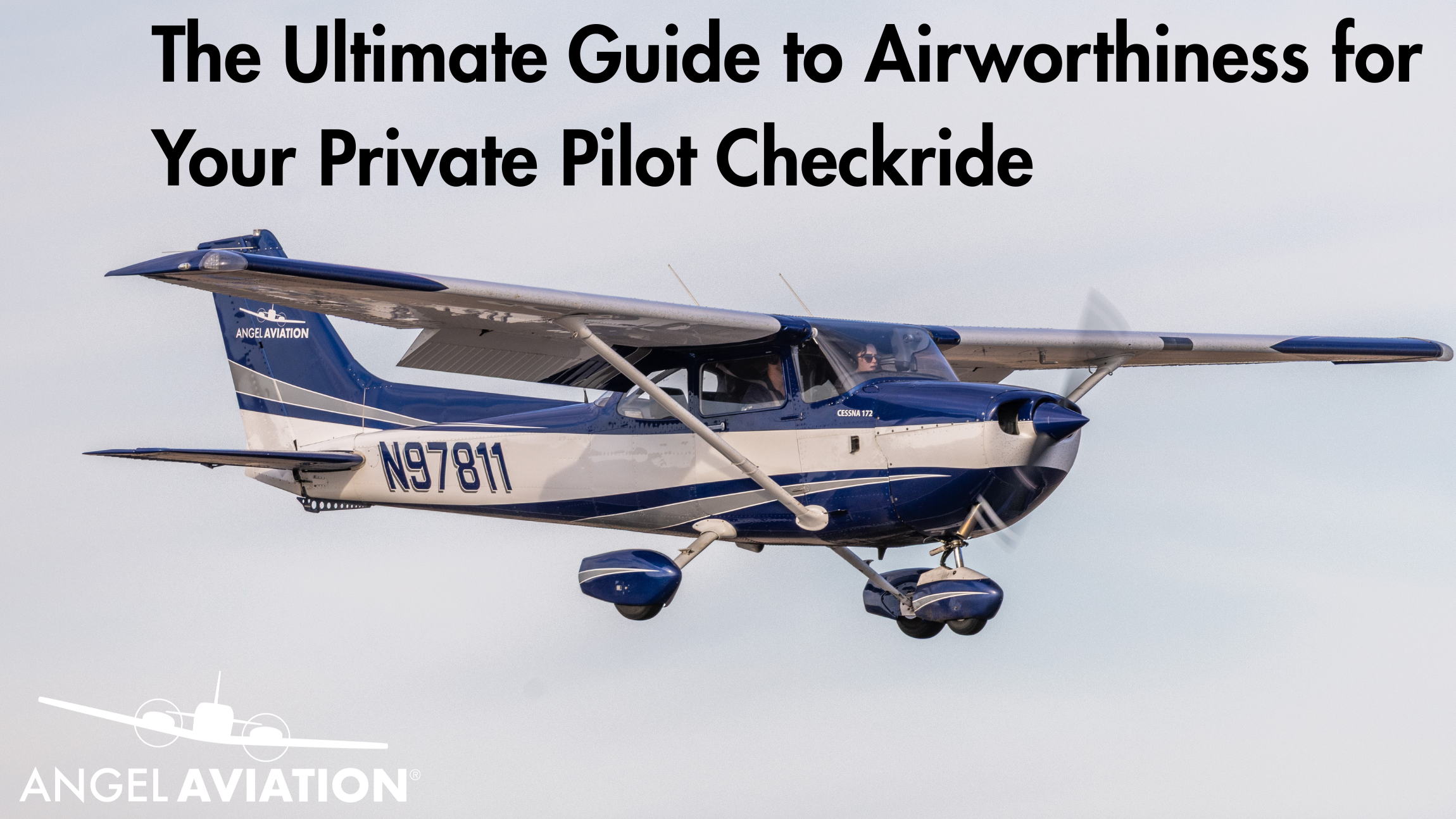
Leave A Comment